Search Results for such as animal handling or survival
Explore AI generated designs, images, art and prompts by top community artists and designers.
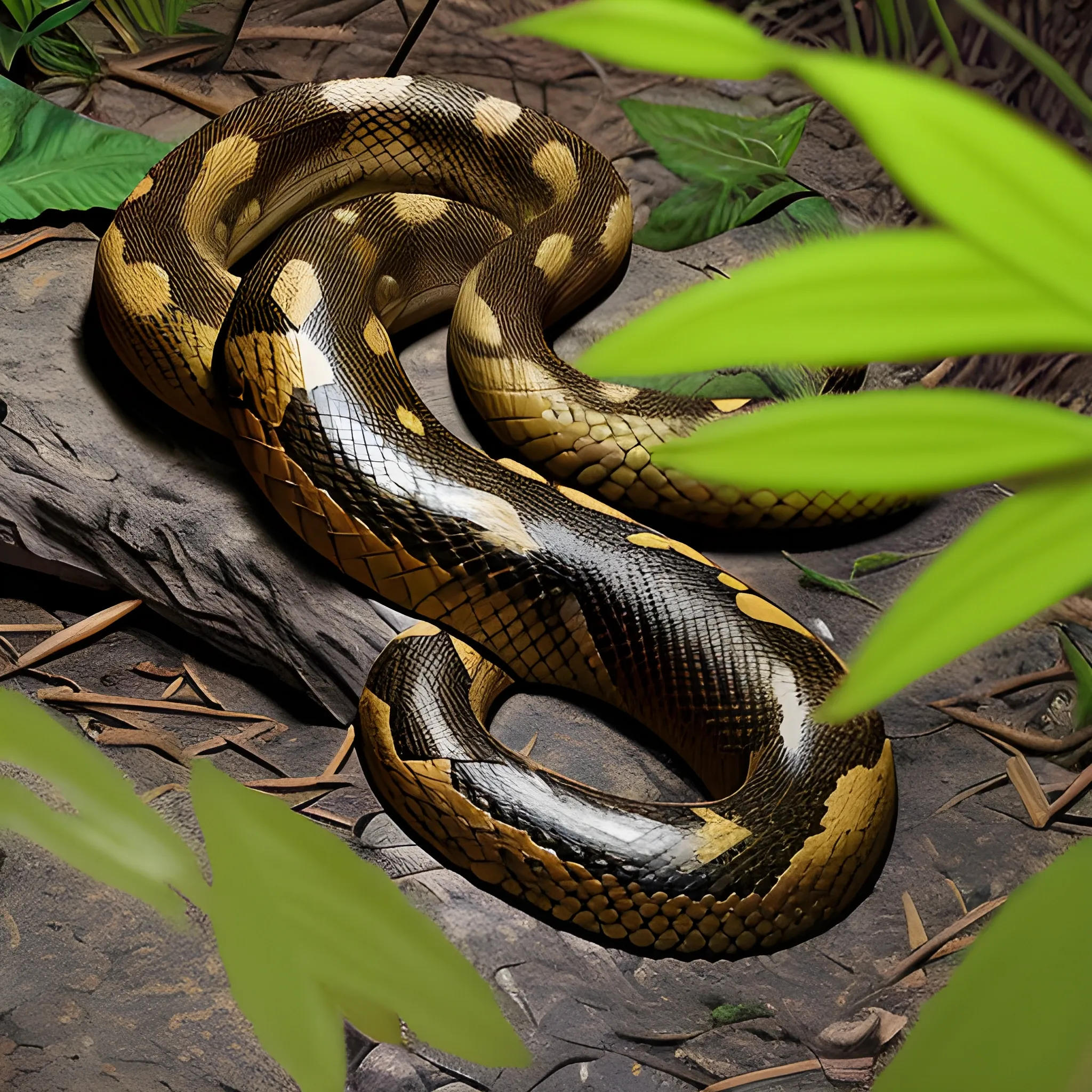
Appearance: The Poisonous Snake is a small to medium-sized reptile with a slender body and a distinctive pattern of scales. Its colors can vary widely , from vibrant and striking patterns to more muted earth tones , helping it blend into its natural surroundings. The snake's head is triangular , and it has a pair of fangs at the front of its mouth , through which it delivers its venom. Features: The Poisonous Snake is known for its venomous bite , which it uses to incapacitate its prey and defend itself from threats. Its venom can vary in potency , from causing mild discomfort to being deadly , depending on the species. While not as powerful as the venom of more dangerous creatures , the Poisonous Snake's bite can still cause considerable harm to unwary adventurers. Habitat: Poisonous Snakes can be found in a wide range of environments , from dense jungles and forests to dry deserts and grasslands. They are highly adaptable creatures and can thrive in various conditions , making them a common sight in untamed wilderness areas. Behavior: The Poisonous Snake is a stealthy predator , relying on its camouflage and patience to ambush its prey. It strikes quickly and accurately , using its venom to immobilize and begin the process of consuming its victim. Poisonous Snakes are generally non-aggressive towards larger creatures , preferring to flee rather than confront a potential threat. Role in the World: In your DND world , Poisonous Snakes could serve as common dangers in the wild , particularly in regions where adventurers explore untamed territories. Druids and rangers might have a connection with these creatures , viewing them as part of the natural balance. Encountering a Poisonous Snake in the wild can be a common and potentially hazardous event for adventurers. While they are generally not aggressive , they may strike if they feel threatened or cornered. Players might need to exercise caution and use skills such as animal handling or survival to avoid confrontations with these venomous reptiles. If adventurers do find themselves bitten , they must act quickly to counteract the effects of the venom and avoid more serious consequences. The presence of Poisonous Snakes in your campaign adds an element of realism and danger to the wilderness. Players will need to be vigilant and watchful during their travels , as the risk of encountering these venomous creatures is ever-present. Poisonous Snakes can also serve as a minor but meaningful challenge , especially for lower-level adventurers , teaching them the importance of preparation and awareness in the untamed wilderness. ,
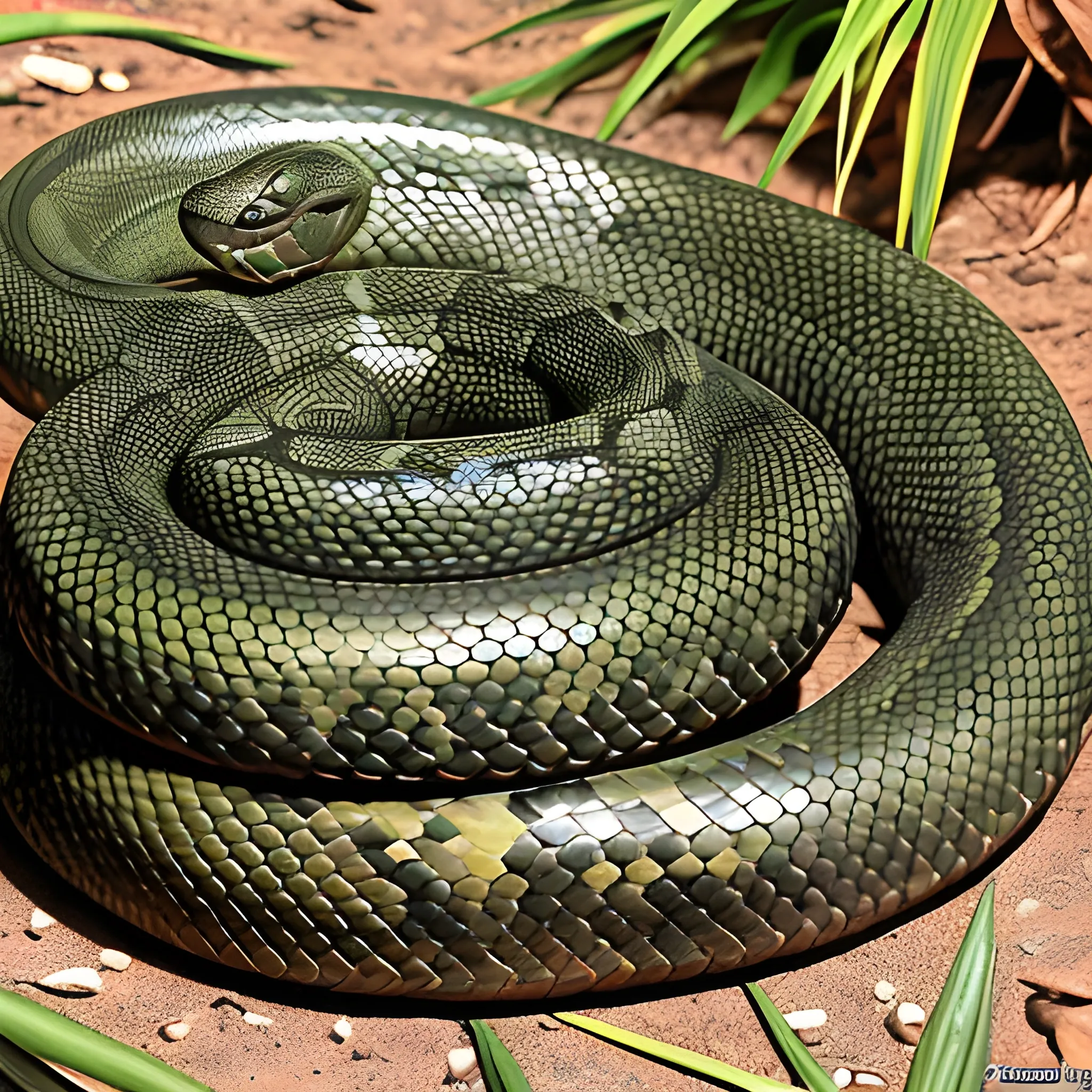
Appearance: The Constrictor Snake is a long and powerful reptile , known for its impressive ability to squeeze and suffocate its prey. It typically has a slender and muscular body , covered in scales that can vary in color from dull brown and green to vibrant patterns. Constrictor snakes have sharp , recurved teeth designed to grip and hold their prey as they constrict it. They are typically non-venomous and rely on their powerful constriction to subdue their victims. Features: The Constrictor Snake is a stealthy predator , relying on its keen senses to locate prey and ambush it. Its long , forked tongue allows it to taste the air and track potential food sources. Once it catches its prey , the snake coils around it , using its powerful muscles to squeeze and immobilize it. This method of hunting allows the snake to subdue prey larger than its mouth , as it doesn't need to swallow the victim whole. Habitat: Constrictor Snakes are found in a wide range of environments , from dense jungles and swamps to arid deserts and grasslands. They prefer warm climates and can be active both during the day and at night. In your DND world , they might inhabit untamed wilderness areas or hidden lairs , waiting for prey to pass by. Behavior: Constrictor snakes are generally solitary creatures , except during mating season. They are non-aggressive toward larger creatures , preferring to avoid confrontation when possible. When hunting , they rely on stealth and patience to surprise their prey. Their constriction technique is highly effective , allowing them to overpower and devour a variety of creatures. Role in the World: In your DND world , Constrictor Snakes could be a common predator in certain regions , often preying on small to medium-sized creatures. Druids and rangers might have a connection with these snakes , viewing them as symbols of balance in the natural world. Encountering a Constrictor Snake in the wild could be a challenging and potentially dangerous situation for adventurers. While they are not typically aggressive toward larger creatures , they may perceive humanoids as potential threats if they feel cornered or provoked. Players might need to exercise caution and use appropriate skills , such as animal handling or survival , to safely navigate through areas where these snakes are known to dwell. If adventurers find themselves facing a Constrictor Snake , they must be prepared for a battle of strength and wits , as the snake's constricting abilities can be deadly if not dealt with carefully. ,
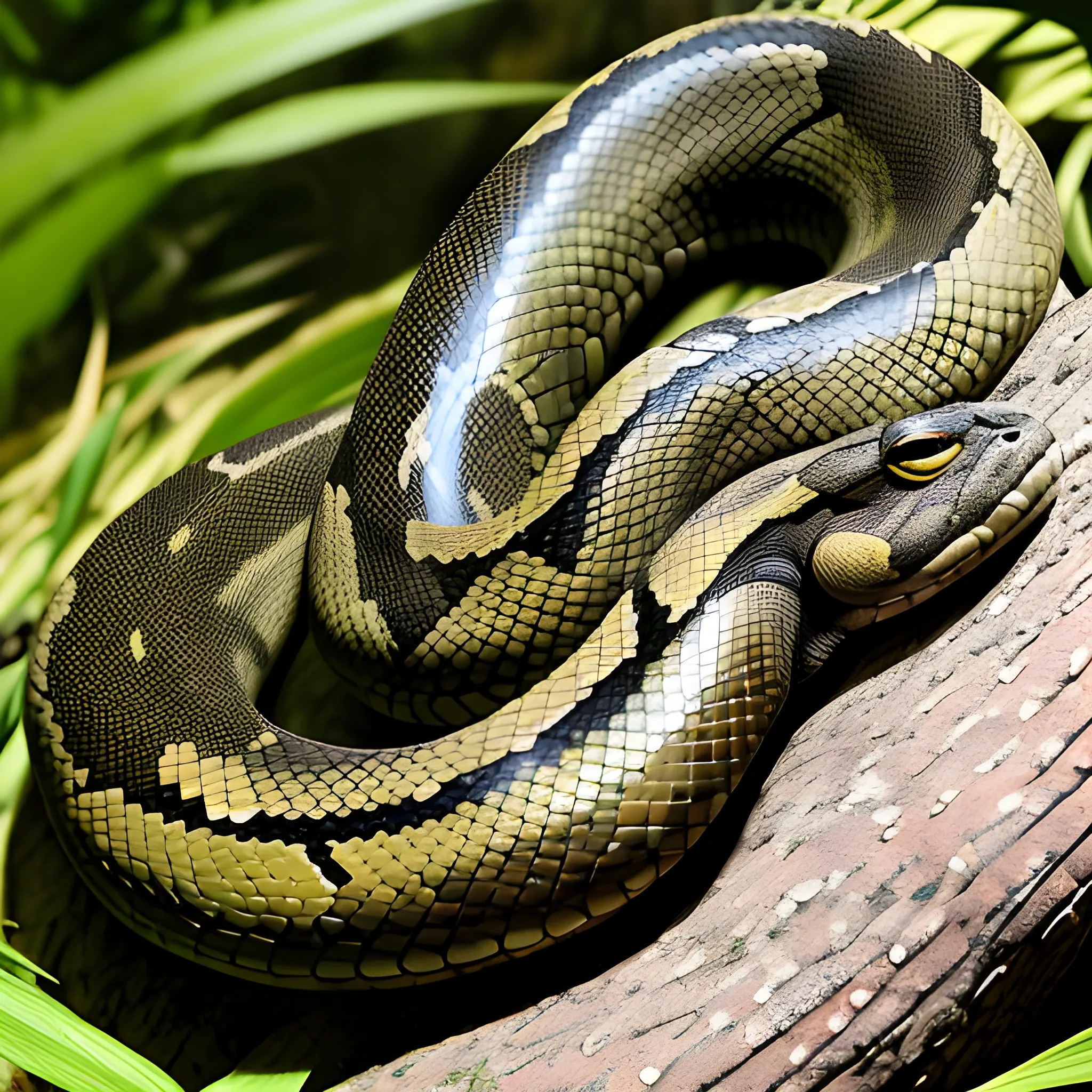
Appearance: The Constrictor Snake is a long and powerful reptile , known for its impressive ability to squeeze and suffocate its prey. It typically has a slender and muscular body , covered in scales that can vary in color from dull brown and green to vibrant patterns. Constrictor snakes have sharp , recurved teeth designed to grip and hold their prey as they constrict it. They are typically non-venomous and rely on their powerful constriction to subdue their victims. Features: The Constrictor Snake is a stealthy predator , relying on its keen senses to locate prey and ambush it. Its long , forked tongue allows it to taste the air and track potential food sources. Once it catches its prey , the snake coils around it , using its powerful muscles to squeeze and immobilize it. This method of hunting allows the snake to subdue prey larger than its mouth , as it doesn't need to swallow the victim whole. Habitat: Constrictor Snakes are found in a wide range of environments , from dense jungles and swamps to arid deserts and grasslands. They prefer warm climates and can be active both during the day and at night. In your DND world , they might inhabit untamed wilderness areas or hidden lairs , waiting for prey to pass by. Behavior: Constrictor snakes are generally solitary creatures , except during mating season. They are non-aggressive toward larger creatures , preferring to avoid confrontation when possible. When hunting , they rely on stealth and patience to surprise their prey. Their constriction technique is highly effective , allowing them to overpower and devour a variety of creatures. Role in the World: In your DND world , Constrictor Snakes could be a common predator in certain regions , often preying on small to medium-sized creatures. Druids and rangers might have a connection with these snakes , viewing them as symbols of balance in the natural world. Encountering a Constrictor Snake in the wild could be a challenging and potentially dangerous situation for adventurers. While they are not typically aggressive toward larger creatures , they may perceive humanoids as potential threats if they feel cornered or provoked. Players might need to exercise caution and use appropriate skills , such as animal handling or survival , to safely navigate through areas where these snakes are known to dwell. If adventurers find themselves facing a Constrictor Snake , they must be prepared for a battle of strength and wits , as the snake's constricting abilities can be deadly if not dealt with carefully. ,
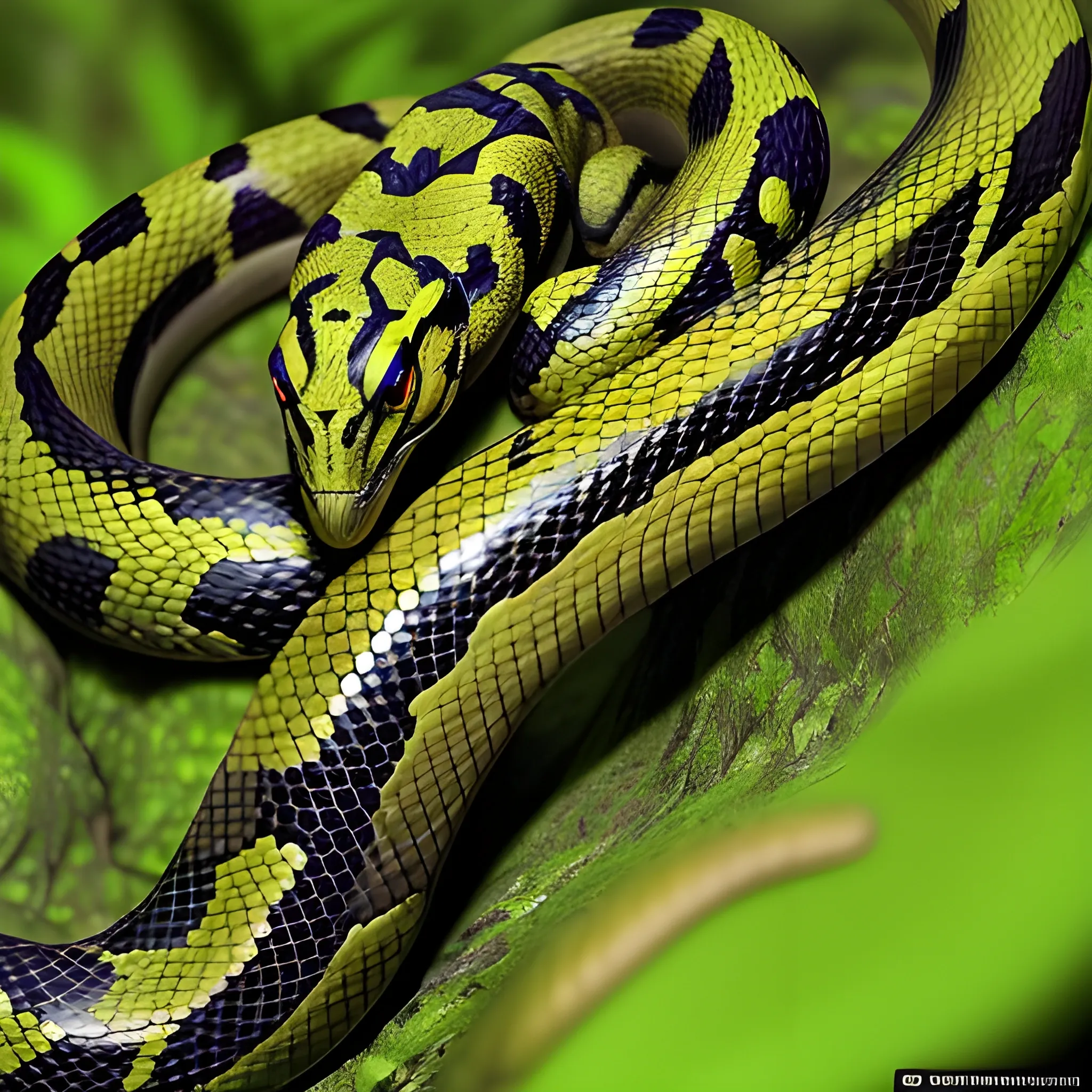
Appearance: The Poisonous Snake is a small to medium-sized reptile with a slender body and a distinctive pattern of scales. Its colors can vary widely , from vibrant and striking patterns to more muted earth tones , helping it blend into its natural surroundings. The snake's head is triangular , and it has a pair of fangs at the front of its mouth , through which it delivers its venom. Features: The Poisonous Snake is known for its venomous bite , which it uses to incapacitate its prey and defend itself from threats. Its venom can vary in potency , from causing mild discomfort to being deadly , depending on the species. While not as powerful as the venom of more dangerous creatures , the Poisonous Snake's bite can still cause considerable harm to unwary adventurers. Habitat: Poisonous Snakes can be found in a wide range of environments , from dense jungles and forests to dry deserts and grasslands. They are highly adaptable creatures and can thrive in various conditions , making them a common sight in untamed wilderness areas. Behavior: The Poisonous Snake is a stealthy predator , relying on its camouflage and patience to ambush its prey. It strikes quickly and accurately , using its venom to immobilize and begin the process of consuming its victim. Poisonous Snakes are generally non-aggressive towards larger creatures , preferring to flee rather than confront a potential threat. Role in the World: In your DND world , Poisonous Snakes could serve as common dangers in the wild , particularly in regions where adventurers explore untamed territories. Druids and rangers might have a connection with these creatures , viewing them as part of the natural balance. Encountering a Poisonous Snake in the wild can be a common and potentially hazardous event for adventurers. While they are generally not aggressive , they may strike if they feel threatened or cornered. Players might need to exercise caution and use skills such as animal handling or survival to avoid confrontations with these venomous reptiles. If adventurers do find themselves bitten , they must act quickly to counteract the effects of the venom and avoid more serious consequences. The presence of Poisonous Snakes in your campaign adds an element of realism and danger to the wilderness. Players will need to be vigilant and watchful during their travels , as the risk of encountering these venomous creatures is ever-present. Poisonous Snakes can also serve as a minor but meaningful challenge , especially for lower-level adventurers , teaching them the importance of preparation and awareness in the untamed wilderness. ,

Appearance: The Constrictor Snake is a long and powerful reptile , known for its impressive ability to squeeze and suffocate its prey. It typically has a slender and muscular body , covered in scales that can vary in color from dull brown and green to vibrant patterns. Constrictor snakes have sharp , recurved teeth designed to grip and hold their prey as they constrict it. They are typically non-venomous and rely on their powerful constriction to subdue their victims. Features: The Constrictor Snake is a stealthy predator , relying on its keen senses to locate prey and ambush it. Its long , forked tongue allows it to taste the air and track potential food sources. Once it catches its prey , the snake coils around it , using its powerful muscles to squeeze and immobilize it. This method of hunting allows the snake to subdue prey larger than its mouth , as it doesn't need to swallow the victim whole. Habitat: Constrictor Snakes are found in a wide range of environments , from dense jungles and swamps to arid deserts and grasslands. They prefer warm climates and can be active both during the day and at night. In your DND world , they might inhabit untamed wilderness areas or hidden lairs , waiting for prey to pass by. Behavior: Constrictor snakes are generally solitary creatures , except during mating season. They are non-aggressive toward larger creatures , preferring to avoid confrontation when possible. When hunting , they rely on stealth and patience to surprise their prey. Their constriction technique is highly effective , allowing them to overpower and devour a variety of creatures. Role in the World: In your DND world , Constrictor Snakes could be a common predator in certain regions , often preying on small to medium-sized creatures. Druids and rangers might have a connection with these snakes , viewing them as symbols of balance in the natural world. Encountering a Constrictor Snake in the wild could be a challenging and potentially dangerous situation for adventurers. While they are not typically aggressive toward larger creatures , they may perceive humanoids as potential threats if they feel cornered or provoked. Players might need to exercise caution and use appropriate skills , such as animal handling or survival , to safely navigate through areas where these snakes are known to dwell. If adventurers find themselves facing a Constrictor Snake , they must be prepared for a battle of strength and wits , as the snake's constricting abilities can be deadly if not dealt with carefully. ,
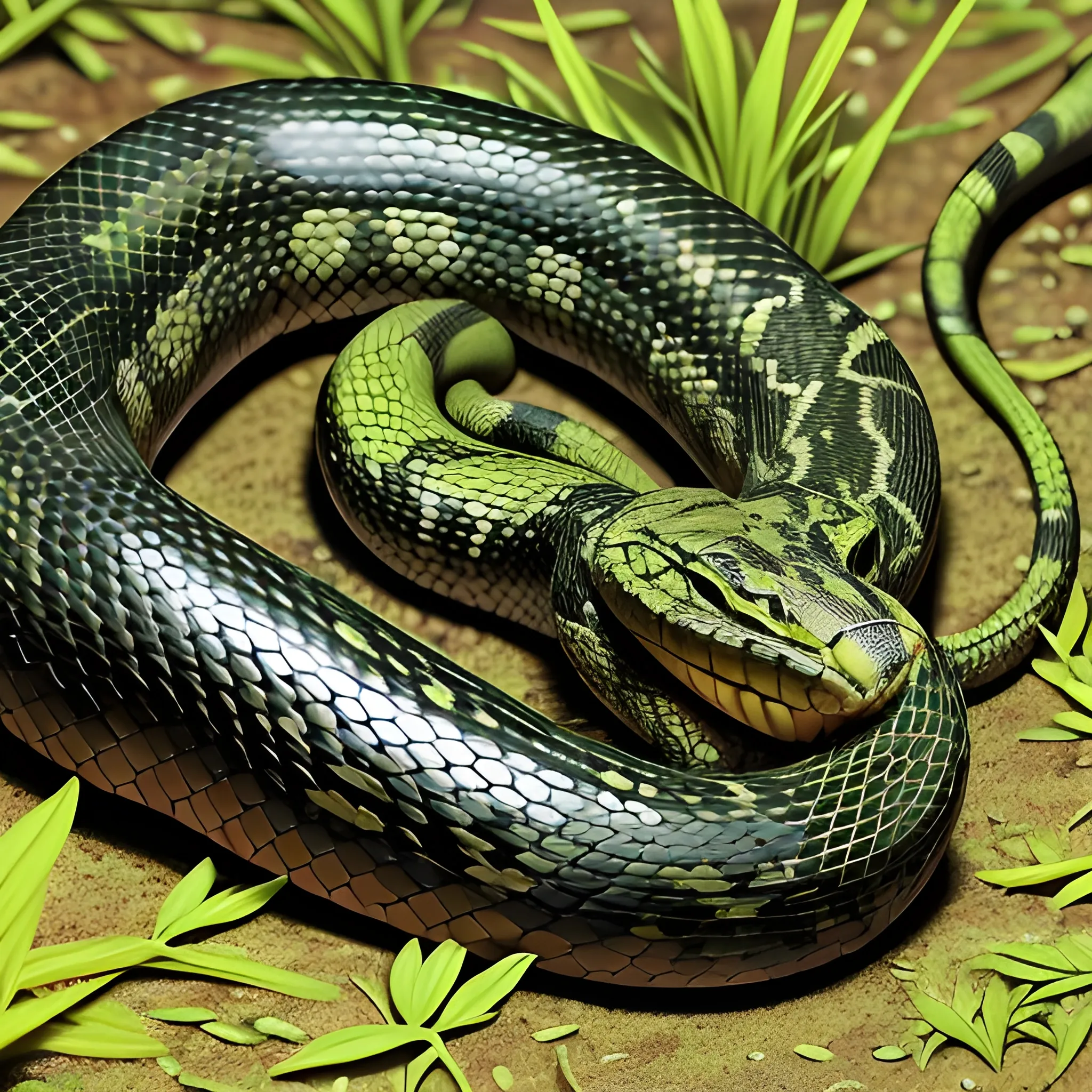
Appearance: The Poisonous Snake is a small to medium-sized reptile with a slender body and a distinctive pattern of scales. Its colors can vary widely , from vibrant and striking patterns to more muted earth tones , helping it blend into its natural surroundings. The snake's head is triangular , and it has a pair of fangs at the front of its mouth , through which it delivers its venom. Features: The Poisonous Snake is known for its venomous bite , which it uses to incapacitate its prey and defend itself from threats. Its venom can vary in potency , from causing mild discomfort to being deadly , depending on the species. While not as powerful as the venom of more dangerous creatures , the Poisonous Snake's bite can still cause considerable harm to unwary adventurers. Habitat: Poisonous Snakes can be found in a wide range of environments , from dense jungles and forests to dry deserts and grasslands. They are highly adaptable creatures and can thrive in various conditions , making them a common sight in untamed wilderness areas. Behavior: The Poisonous Snake is a stealthy predator , relying on its camouflage and patience to ambush its prey. It strikes quickly and accurately , using its venom to immobilize and begin the process of consuming its victim. Poisonous Snakes are generally non-aggressive towards larger creatures , preferring to flee rather than confront a potential threat. Role in the World: In your DND world , Poisonous Snakes could serve as common dangers in the wild , particularly in regions where adventurers explore untamed territories. Druids and rangers might have a connection with these creatures , viewing them as part of the natural balance. Encountering a Poisonous Snake in the wild can be a common and potentially hazardous event for adventurers. While they are generally not aggressive , they may strike if they feel threatened or cornered. Players might need to exercise caution and use skills such as animal handling or survival to avoid confrontations with these venomous reptiles. If adventurers do find themselves bitten , they must act quickly to counteract the effects of the venom and avoid more serious consequences. The presence of Poisonous Snakes in your campaign adds an element of realism and danger to the wilderness. Players will need to be vigilant and watchful during their travels , as the risk of encountering these venomous creatures is ever-present. Poisonous Snakes can also serve as a minor but meaningful challenge , especially for lower-level adventurers , teaching them the importance of preparation and awareness in the untamed wilderness. ,
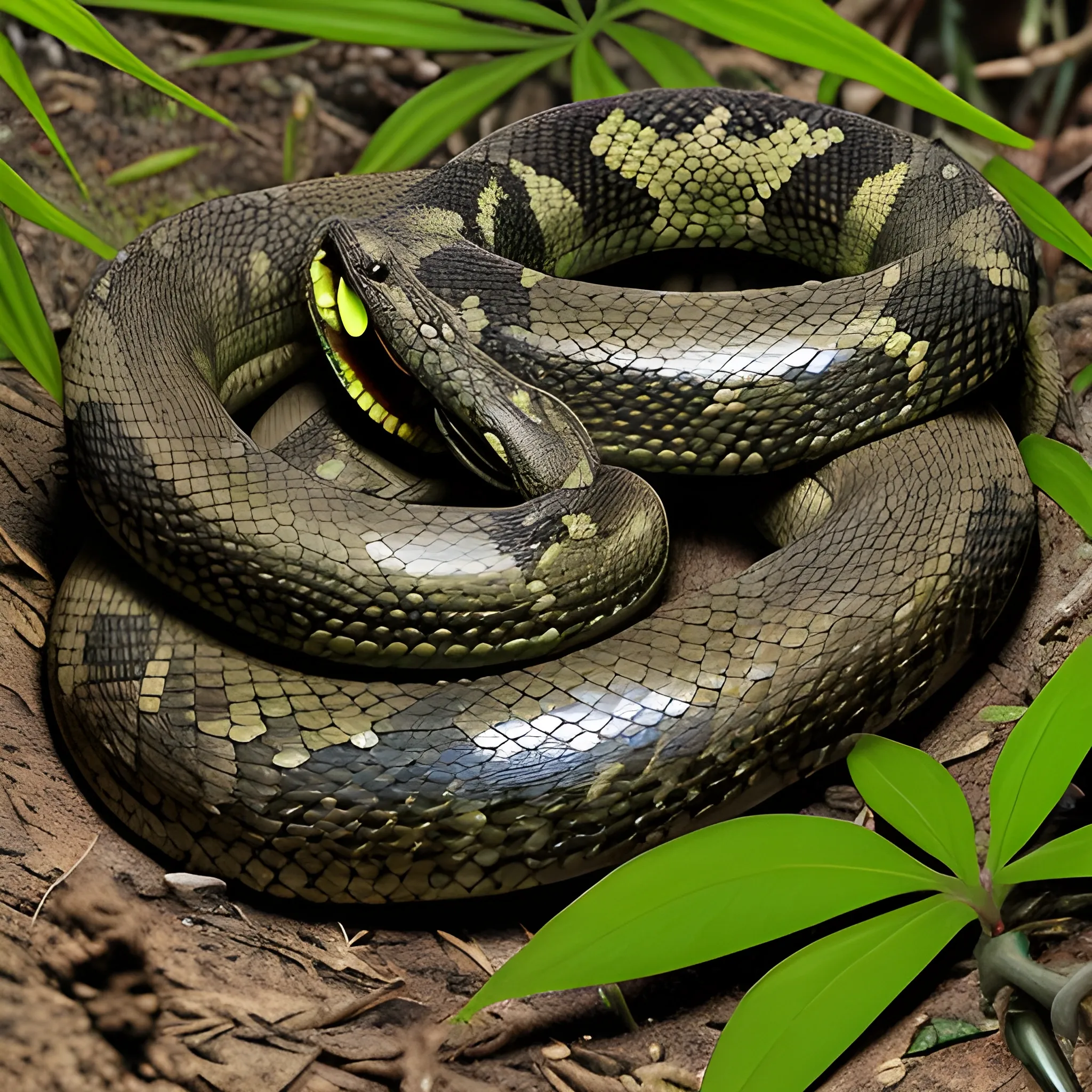
Appearance: The Poisonous Snake is a small to medium-sized reptile with a slender body and a distinctive pattern of scales. Its colors can vary widely , from vibrant and striking patterns to more muted earth tones , helping it blend into its natural surroundings. The snake's head is triangular , and it has a pair of fangs at the front of its mouth , through which it delivers its venom. Features: The Poisonous Snake is known for its venomous bite , which it uses to incapacitate its prey and defend itself from threats. Its venom can vary in potency , from causing mild discomfort to being deadly , depending on the species. While not as powerful as the venom of more dangerous creatures , the Poisonous Snake's bite can still cause considerable harm to unwary adventurers. Habitat: Poisonous Snakes can be found in a wide range of environments , from dense jungles and forests to dry deserts and grasslands. They are highly adaptable creatures and can thrive in various conditions , making them a common sight in untamed wilderness areas. Behavior: The Poisonous Snake is a stealthy predator , relying on its camouflage and patience to ambush its prey. It strikes quickly and accurately , using its venom to immobilize and begin the process of consuming its victim. Poisonous Snakes are generally non-aggressive towards larger creatures , preferring to flee rather than confront a potential threat. Role in the World: In your DND world , Poisonous Snakes could serve as common dangers in the wild , particularly in regions where adventurers explore untamed territories. Druids and rangers might have a connection with these creatures , viewing them as part of the natural balance. Encountering a Poisonous Snake in the wild can be a common and potentially hazardous event for adventurers. While they are generally not aggressive , they may strike if they feel threatened or cornered. Players might need to exercise caution and use skills such as animal handling or survival to avoid confrontations with these venomous reptiles. If adventurers do find themselves bitten , they must act quickly to counteract the effects of the venom and avoid more serious consequences. The presence of Poisonous Snakes in your campaign adds an element of realism and danger to the wilderness. Players will need to be vigilant and watchful during their travels , as the risk of encountering these venomous creatures is ever-present. Poisonous Snakes can also serve as a minor but meaningful challenge , especially for lower-level adventurers , teaching them the importance of preparation and awareness in the untamed wilderness. ,